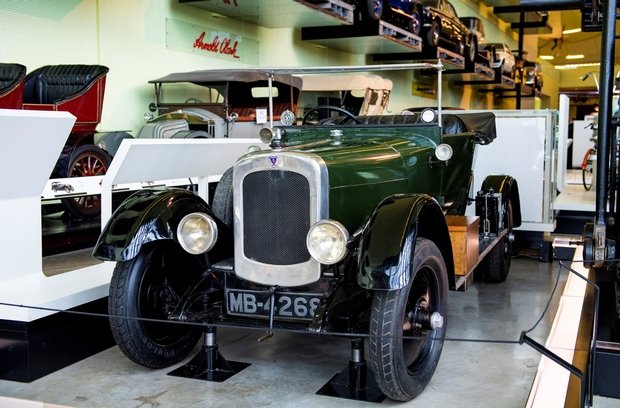Described as ‘the only lady motor manufacturer in Scotland’ in 1922, Dorothée Pullinger was a pioneering engineer. This display celebrates Dorothée’s achievements plus the car factory she ran where unusually large numbers of women engineers were trained and employed.
The Galloway Engineering Company, later Galloway Motors Ltd, was a leader in its field – not only was it a company which comprised a mainly female workforce but it also designed cars with women drivers in mind. Featured in the display is a 1924 Galloway 10.9 coupe, alongside costume and personal items of Dorothée’s.
Discover more of her inspiring story in this new multi-object display.

